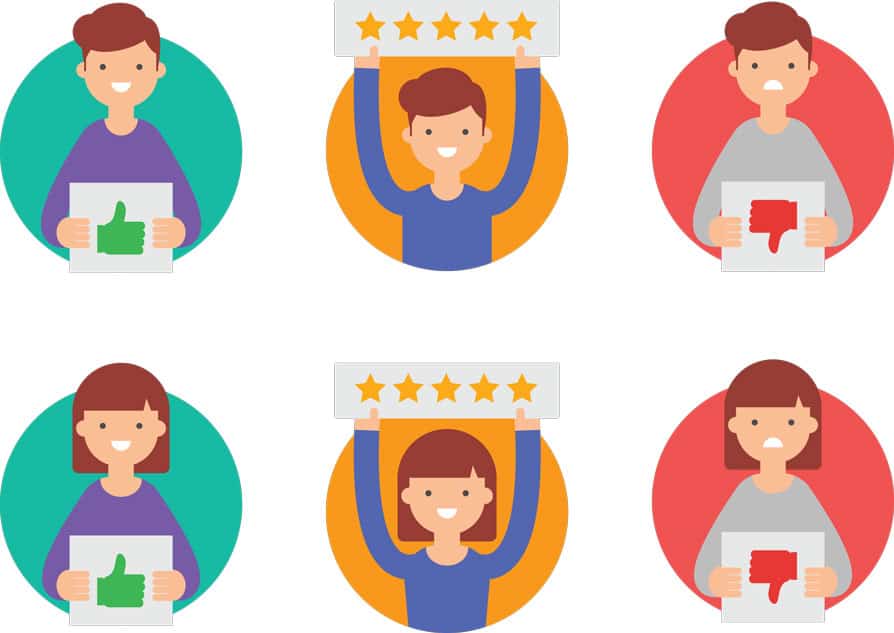Why Customer Retention Strategies Make Or Break Your Business (2019 MAU Conference Tips)
Companies often focus on attracting new customers because they believe that new customers will help increase their revenue and growth. However, many companies overlook the importance of retention. Without customer retention – or solid retention strategies – no company will be able to optimize long term growth because the customers you attract today will only leave tomorrow. Lucky for us, several speakers at the 2019 MAU Conference offered insight into this topic.
What is the best way to execute a customer retention strategy?
To begin with, companies must realize that there are three types of customers in this world:
Occasional Oscars
This first group uses your apps occasionally. These are people who use your platform once or twice a week or less. They tend to download your app because you had a special promotion or that it was convenient for them at the time. They have no emotional attachment to your services and can easily replace you with a competitor.
Loyal Lucys (Power Users)
The second group includes those who use your services more than three times a week. Loyal Lucys see your service as more than just a service; it’s a platform that they depend on regularly. This group is the group that will generate the most long term profit for your company and will be the ones to promote your services through word of mouth.
Exit Ernies (Dormant Users)
This last group of people represents those who had once installed your app but then uninstalled it because they didn’t see any more value in it. This segment of people will be the most difficult to get! The reason is that – since they’ve already installed your app at some point – they have already established an image of your app, which obviously was a negative one (hence the uninstall), so they’ll require a large sum of investment in time and money to make them change their mind.
Customer Retention Strategies: Option 1
To maximize your retention value, you must identify which of these three groups you would like to focus on the most. When choosing which group to invest in, don’t think only of the group that will retain the most users but also the most value. Companies must realize that retaining more users does not equate retaining more value. At the 2019 MAU conference, the CPO of Scoop gave a great analogy between the difference of retaining users and retaining value:
Imagine that you are selling t-shirts. The more expensive option costs $50, while the cheaper option costs only $5. You now have the option to either invest in retaining 10 users that will purchase the $5 t-shirt or 3 that will purchase the $50 t-shirt. It is evident that investing in the three people that will buy your $50 t-shirt will generate more profit and value; therefore, it is much more worth investing in the three people than the 10 people who will purchase the $5 t-shirts.

Customer Retention Strategies: Option 2
Manage your retention plan in the three different groups of users there are for your services/products: Occasional Oscars, Loyal Lucys, and Exit Ernies. Set different goals for each group. Twitch uses this tactic and have talked about how they separated their retention team into a Growth team, Product team, and Laps Users team to deal with the different types of users respectfully.
The Growth team focuses on the initial on-boarding process through free trials and re-targeted messages. One effective onboarding campaign, especially for games, is to give users a free trial of the game up to a particular stage. Companies often choose the stage that fully displays the game’s features and characters – enough to get customers to fall in love with the program and develop an attachment to the game. Once they’re hooked, the purchase becomes much easier!
The Product team aims to improve the user experience for current users. An effective example of how to do this is that of Airbnb. Airbnb will have pop-up questions with no more than one multiple choice survey question asking users if they liked the newly added feature or what can be improved. This tactic generates a greater number of answers because much more time-efficient for users to answer one quick question at a time versus a full-scale survey.
Lastly, the Reactivation team focuses on regaining users who have uninstalled or unsubscribed to the platform. Twitch tackled this problem by analyzing the data of these users’ just prior to uninstalling. The Laps Users team then attempts to retarget these users by sending them similar content in which they had previously shown interest.

Simply acquiring new customers is not enough, companies must learn to retain them as well. We hope that through this article you have a better idea of different retention strategies available. We heavily emphasize the importance of determining a strategy that will generate the most value for your company. Create a concrete retention plan and build a team to manage it. In order for a business to grow efficiently in the longterm, customer retention strategies and an actionable retention plan are not just a nice-to-have – they’re a must!
To learn more about Retention or to inquire about our services, contact us at hello@AppGrowthNetwork.com.
Related Articles
For Wellness apps, the most challenging approach is the conversion of the user from passive to active. [...]
In the realm of App Store Optimization (ASO) for iOS applications, a relatively untapped yet highly effective strategy [...]
In today's competitive app market, it's crucial for app developers and marketers to reach a wider audience and [...]










